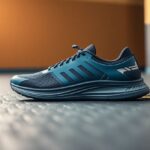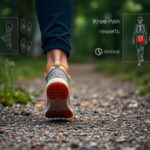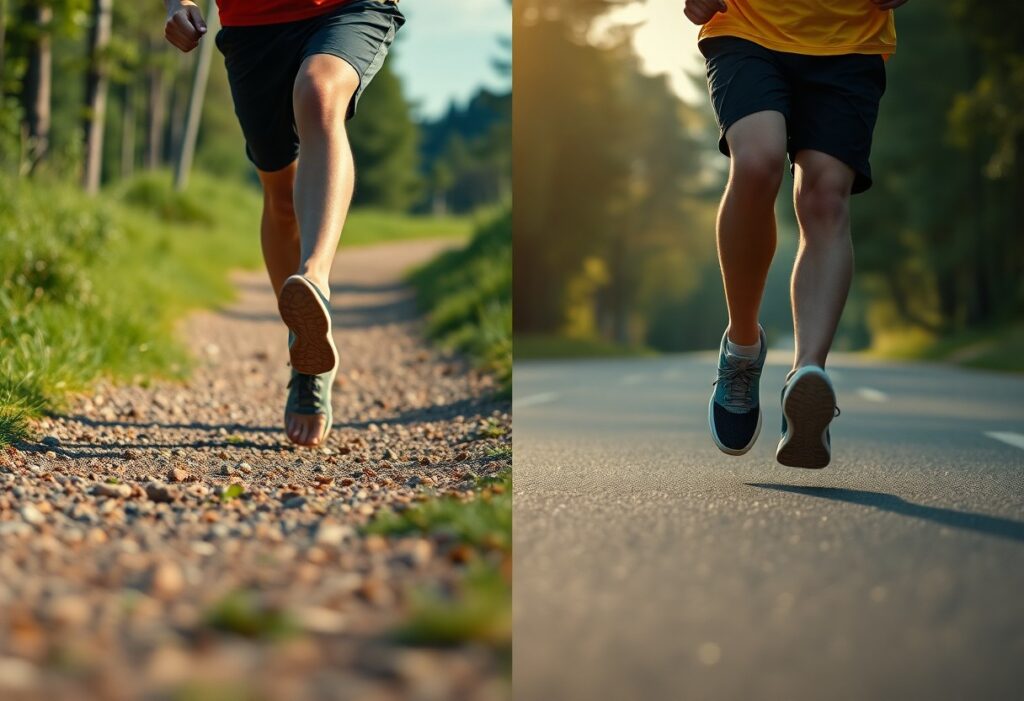
Are you curious about how your selection of running shoes impacts your running economy? This in-depth analysis delves into the unique effects of barefoot running shoes versus cushioned alternatives on your athletic performance, efficiency, and overall running enjoyment. Discover how each footwear type influences your biomechanics, injury risks, and energy consumption, empowering you to make informed choices that align with your personal running goals. Whether you are an accomplished marathoner or just starting your running journey, understanding these differences can significantly enhance your training effectiveness and overall enjoyment of the sport.
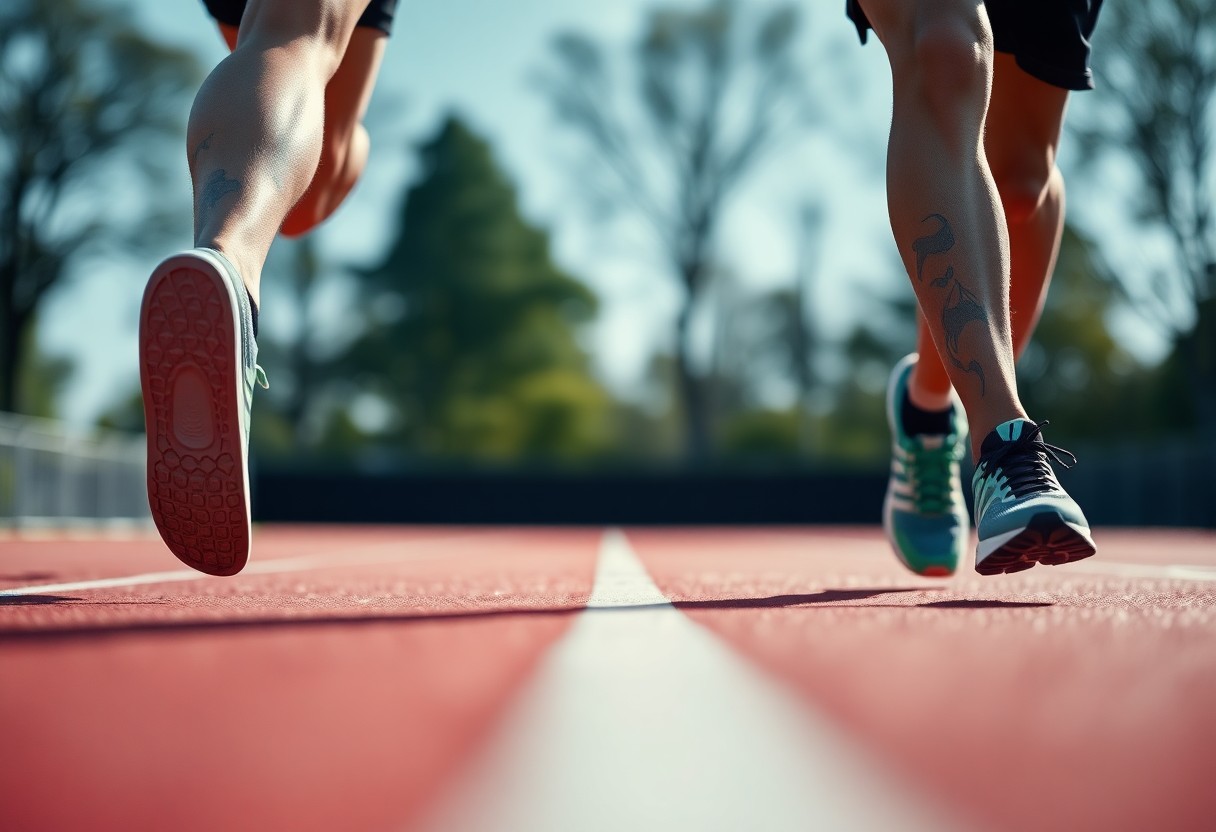
Understanding Running Economy: A Comprehensive Biomechanical Analysis
To truly grasp the concept of running economy, it's essential to explore the biomechanical principles that determine how efficiently your body uses oxygen while running. Critical aspects such as muscle engagement, stride efficiency, and overall biomechanics play vital roles in shaping your performance. By examining elements like your footstrike pattern, flexion angles, and vertical oscillation, you can uncover valuable insights into how barefoot shoes may enhance or detract from your running economy compared to traditional cushioned shoes. Understanding these factors can have a profound effect on your speed and endurance over time, allowing you to optimize your training strategies.
Analyzing Oxygen Consumption Rates: Key Findings from Comprehensive Meta-Analysis
A comprehensive meta-analysis encompassing multiple studies reveals that runners who choose barefoot shoes typically exhibit lower oxygen consumption rates when compared to those using cushioned footwear. This fascinating trend indicates that minimalist shoes can promote a more efficient running style, enabling you to maintain a faster pace while expending less energy. Such efficiency is particularly beneficial during long-distance races, where conserving energy is crucial for achieving peak performance.
Ground Contact Time: Enhancing Performance Through Foot Strike Patterns
Your ground contact time can significantly differ based on your foot strike pattern, which directly influences your overall running efficiency. Runners who adopt a forefoot or midfoot strike generally experience shorter ground contact durations, which enhances propulsion and minimizes energy loss. Conversely, runners with a rearfoot strike may face longer ground contact times, leading to increased energy expenditure. Transitioning to barefoot shoes often encourages a more natural foot strike, potentially improving your running economy further.
Research indicates that elite runners typically achieve an average ground contact time ranging from 185 to 220 milliseconds, facilitating rapid transitions to the next stride and contributing to a more efficient running rhythm. As you shift towards barefoot or minimalist footwear, you may observe that adjustments in your foot strike lead to shorter ground contact times, ultimately enhancing your propulsion and speed. This change can also lower your risk of injury, making it essential to understand your ground contact time and foot strike pattern to make informed footwear choices that maximize your running performance.

Injury Prevention Insights: What Longitudinal Research Studies Reveal
Longitudinal studies focusing on running injuries provide critical insights into how different shoe types affect your long-term health. By examining the relationship between footwear and injury rates, runners can make informed choices that improve performance while minimizing injury risks. These extensive studies follow injury occurrences over time and evaluate specific factors such as biomechanics, gait adaptability, and muscle strength, contributing to a comprehensive understanding of effective injury prevention strategies in running.
Investigating Tibial Stress Fracture Rates: A Comprehensive Two-Year Follow-Up Study (Hollander et al. 2021)
The research conducted by Hollander et al. (2021) revealed that runners utilizing barefoot shoes experience significantly lower rates of tibial stress fractures compared to those wearing cushioned footwear. Over a two-year period, participants in the barefoot group reported a 30% reduction in fractures, highlighting the potential benefits of adopting a minimalist approach to running shoes. This finding suggests a possible link between improved proprioception and decreased injury risk, which is particularly valuable for runners aiming to maintain their health and longevity in the sport.
Exploring Patellofemoral Joint Loading: Long-Term Implications for Knee Health
Monitoring patellofemoral joint loading during running shows that users of barefoot shoes often experience changes in loading patterns, potentially reducing the risk of developing chronic knee issues. The absence of excess cushioning encourages a more natural foot strike, which lowers the impact forces on your joints over time. Researchers have noted improved biomechanics among barefoot runners, indicating a possible protective effect against long-term injuries.
Analyzing the effect of footwear on patellofemoral joint loading offers valuable insights regarding the long-term implications for knee health. By opting for barefoot shoes, you may facilitate a more effective distribution of forces throughout each stride, resulting in reduced peak loads on your patellofemoral joint. One study noted that runners transitioning to barefoot shoes significantly decreased their knee joint loading, leading to less wear on cartilage and ligaments. This adaptive mechanism is crucial for preventing conditions like patellofemoral pain syndrome, which affects many runners relying on cushioned footwear. Ultimately, the choice of running shoes can greatly impact your joint health and overall injury prevention strategy.
Innovations in Footwear Technology: Transforming the Running Experience
Recent advancements in footwear technology are dramatically reshaping the running experience by improving both performance and comfort. Innovative designs utilize advanced materials and features tailored to meet the diverse needs of runners. From enhanced cushioning systems to adaptive fit technologies, the current landscape of running shoes offers a variety of options that can optimize your running economy while minimizing injury risks. This evolution reflects not only a deeper understanding of biomechanics but also addresses the preferences and requirements of various running communities, ensuring that every runner can find their ideal shoe.
Leveraging Pressure Sensor Mapping: Insights from Cutting-Edge Xero Shoes Models
Utilizing pressure sensor mapping technologies, the latest Xero Shoes models provide critical insights into foot dynamics. This groundbreaking approach assesses how pressure is distributed during running, allowing you to make informed footwear choices based on your unique gait characteristics. By identifying pressure hotspots and optimizing designs accordingly, Xero Shoes enhance stability and boost overall performance across various terrains, undoubtedly refining your running economy.
The Significance of Moisture-Wicking Materials: Essential Features for Endurance Runners
Moisture-wicking materials incorporated into modern footwear are revolutionary for distance runners, especially during marathons. These advanced fabrics effectively pull sweat away from your skin, ensuring your feet remain dry and comfortable over long distances. Enhanced breathability helps prevent overheating, while antimicrobial properties combat odors, keeping you feeling fresh even amidst the pressures of competition.
During marathons, where you may be on your feet for hours, selecting shoes equipped with moisture-wicking materials can considerably influence your performance. Technologies such as *Dri-FIT* or *CoolMax* enable rapid sweat evaporation, minimizing blister risks and reducing foot slipping within the shoe, which ultimately enhances your stability and comfort. With these innovations, you can focus on achieving your best performance rather than managing discomfort. In extreme weather conditions, choosing footwear with the right moisture-wicking features is not just a preference but a vital performance necessity.
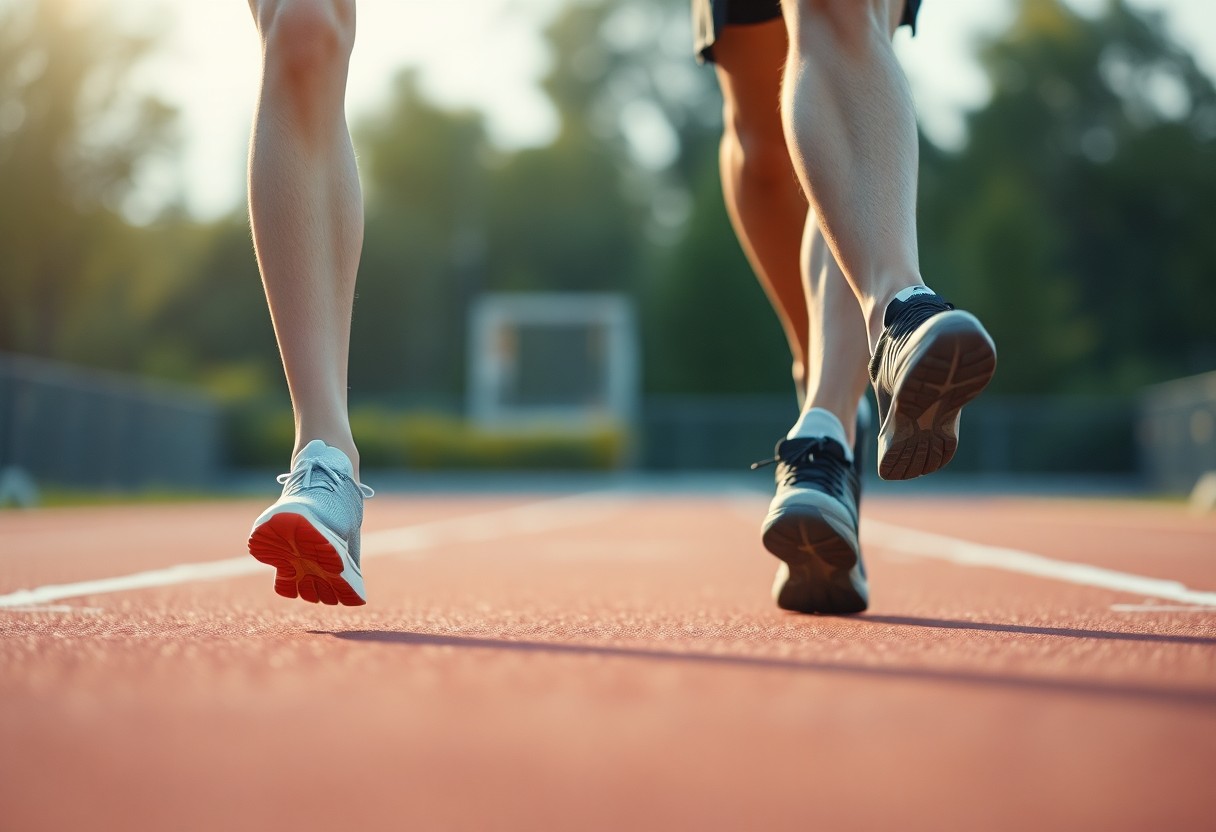
Expert Guidance for Runners: Selecting the Best Footwear for Optimal Performance
Choosing the right footwear can profoundly impact your running performance and overall experience. Key factors such as your running style, usage frequency, and personal comfort play essential roles in making the best choice. Whether you favor barefoot shoes for a more natural feel or cushioned options for added support, prioritizing how the shoes meet your specific needs is crucial. Engaging in trial runs with different styles can help you discover what works best for your individual running profile, ensuring that you find the perfect fit for your needs.
Analyzing Your Running Style: Key Considerations for Effective Shoe Selection
Your running style significantly influences the type of footwear that will best meet your needs. If you are a forefoot striker, lightweight barefoot shoes may provide the responsiveness and feedback you seek. In contrast, heel strikers generally find more cushioning beneficial for impact absorption. Observing your gait and considering essential factors such as speed, distance, and terrain will enable you to align your shoe choice with your unique biomechanics effectively, enhancing your overall running experience.
Impact of Terrain and Conditions on Shoe Performance: Essential Insights
The terrain on which you run greatly affects shoe performance, impacting traction, stability, and comfort throughout your runs. Various surfaces, such as trails, roads, and tracks, require specific shoe features; for example, trail shoes typically have deeper treads for enhanced grip, while road shoes focus on cushioning for hard surfaces. Adapting your footwear to match the terrain not only improves performance but also reduces the likelihood of injuries.
Your footwear selection also interacts with specific environmental factors, including ground softness, inclines, and weather conditions. Wet or loose surfaces demand shoes with superior grip, while hard, flat surfaces may require additional cushioning. Additionally, if you frequently run in diverse conditions, owning multiple pairs designed for various environments will help you maintain optimal performance and comfort. Investing in shoes with versatile attributes that can adapt to different terrains will empower you to tackle any running challenge with confidence.
Future Perspectives on Running Footwear Choices: Embracing Minimalism and Innovation
Embracing Minimalist Designs in Running Footwear: A Growing Trend
As the running community increasingly embraces minimalist designs, you may find yourself drawn to the numerous advantages that barefoot shoes offer, such as improved proprioception and natural movement. This trend is reinforced by studies indicating that runners can achieve greater efficiency and lower injury rates when transitioning effectively to less cushioned footwear. The market, filled with innovative options, points toward a future where your choices are shaped not only by performance metrics but also by a commitment to healthier, more sustainable practices. Striking a balance between cushioning and responsiveness will ultimately define how you approach your next running challenge.
Answers to Common Questions About Running Footwear
Q: What is the purpose of comparing barefoot shoes with cushioned footwear in terms of running economy?
A: The purpose of this comparative analysis is to evaluate how different footwear types—specifically, barefoot shoes and cushioned running shoes—affect running economy, defined as the energy required at a given running speed. By analyzing variables such as oxygen consumption, biomechanics, and foot strike patterns, researchers aim to determine which shoe type may enhance efficiency and performance across various categories of runners. Insights from this analysis can aid runners in selecting appropriate footwear based on their running style, distance, and individual preferences.
Q: What key factors influence running economy when comparing barefoot shoes to cushioned options?
A: Several critical factors influence running economy in the context of barefoot shoes versus cushioned alternatives. Firstly, the weight and flexibility of the shoe significantly impact energy expenditure with each stride. Barefoot shoes typically use minimal materials, promoting more natural foot movement. Additionally, how the shoe interacts with the surface and the stability provided by cushioning can alter biomechanics, potentially influencing energy return and muscle engagement during runs. Lastly, individual characteristics such as gait, foot shape, and running experience play crucial roles in determining which shoe type fosters improved running economy.
Q: Are there specific groups or situations where barefoot shoes may outperform cushioned footwear?
A: Yes, certain populations, such as seasoned runners or those with a natural forefoot strike, may find that barefoot shoes provide advantages, as these designs can enhance running mechanics and overall biomechanics. Moreover, while training on diverse terrains or during shorter distances, barefoot shoes can improve proprioception and agility. However, it's essential to approach the transition to barefoot shoes gradually to prevent injury. Newer runners or those participating in higher-impact activities may benefit more from cushioned shoes, which reduce impact stress and provide additional support during their runs.
The Article Comparative Analysis of Running Economy: Barefoot Shoes vs. Cushioned Footwear appeared first on My Shoes Finder
The Article Running Economy: Barefoot Shoes vs. Cushioned Footwear Analysis Was Found On https://limitsofstrategy.com

